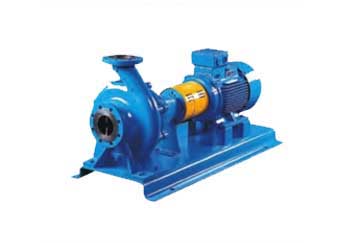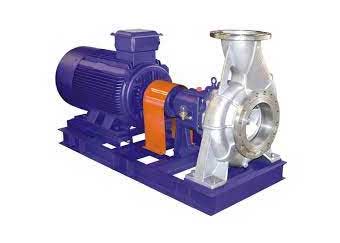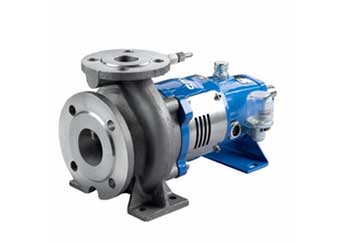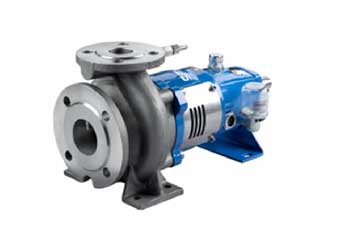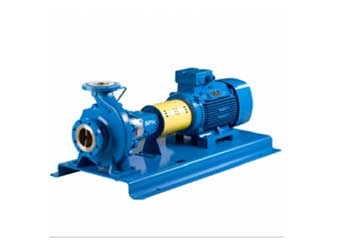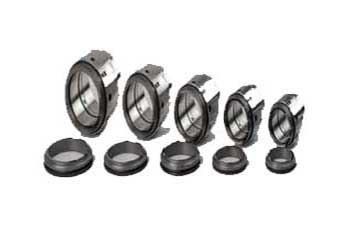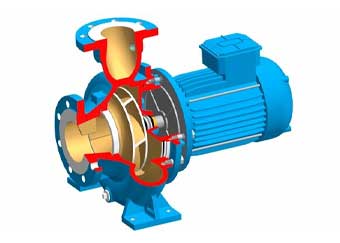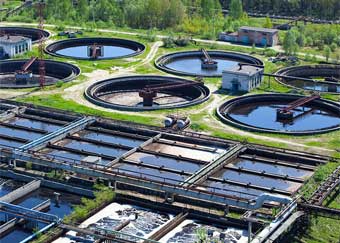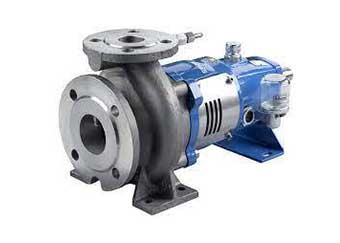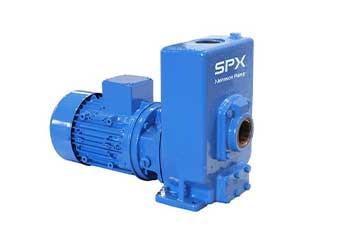- Home
- About Us
- Products
- SPX Flow Johnson Pump
- Hydro Prokav Pump
- Antico Pump
- Price Pumps - AODD
- Heat Exchangers
- CIP System
- Bulk Milk Cooler
- Evaporative Condenser
- Hot Water Generation System
- Small Scale Coil Type Evaporation System
- Unique Water Treatment Solution
- Self Priming Pump
- Internal Gear Pump
- Centrifugal Pump
- Vertical Multistage Pumps
- Submersible Pump
- Positive Displacement Pump
- Polypropylene Pump
- Hydro Pneumatic Pump
- Dosing Pump
- Self Priming Pump
- Internal Gear Pump
- Centrifugal Pump
- Multistage Centrifugal Pump
- Self Priming Centrifugal Pump
- Magnetic Drive Centrifugal Pump
- End Suction Centrifugal Pump
- Vertical Chemical Pump
- Diaphragm Pump
- Vertical Multistage Pump
- Cooling Tower Pump
- Submersible Pump
- Positive Displacement Pump
- Polypropylene Pump
- Hydro Pneumatic Pump
- Dosing Pump
- Peristaltic Hose Pump
- Self Priming Pump
- Internal Gear Pump
- Centrifugal Pump
- Multistage Centrifugal Pump
- Self Priming Centrifugal Pump
- Magnetic Drive Centrifugal Pump
- End Suction Centrifugal Pump
- Vertical Chemical Pump
- Diaphragm Pump
- Vertical Multistage Pump
- Cooling Tower Pump
- Submersible Pump
- Positive Displacement Pump
- Polypropylene Pump
- Hydro Pneumatic Pump
- Dosing Pump
- Peristaltic Hose Pump
- Services
- Clients
- Download
- Contact Us
Self Priming Pumps Manufacturers, Suppliers, Exporters in Kolhapur
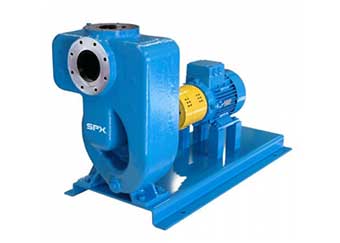
Self-priming pumps are a remarkable innovation in fluid handling technology. Unlike traditional pumps that require manual priming to remove air from the system before they can start pumping, self-priming pumps have the unique ability to automatically expel air and prime themselves. This feature makes them a valuable asset in various industries and applications where ease of use, efficiency, and reliability are paramount. In this guide, we will explore the working principles, advantages, and diverse applications of self-priming pumps.
How Self-Priming Pumps Work
Self-priming pumps employ a combination of design elements and engineering ingenuity to eliminate the need for manual priming. Here's a simplified explanation of their operation:
Impeller Design: Self-priming pumps are equipped with specially designed impellers that incorporate a combination of vanes and chambers. These elements create a partial vacuum within the pump housing.
Air Handling: When the pump is initially started or when it encounters air in the system, the impeller begins to rotate, generating centrifugal force. This force forces air to move toward the pump's center.
Air-Water Separation: As air is drawn towards the pump's center, it encounters a chamber or volute where air and water are separated. The air is expelled from the system through a dedicated air release valve.
Prime Achieved: Once the air is removed and the pump chamber is filled with water, the pump is primed and ready to operate efficiently. It can continue to operate reliably, even if it encounters intermittent air pockets.
Advantages of Self-Priming Pumps:
Self-priming pumps offer a host of advantages:
- Ease of Use: Their ability to self-prime reduces the need for manual intervention, making them user-friendly and convenient.
- Time Efficiency: Self-priming pumps save valuable time by eliminating the often time-consuming process of manual priming.
- Reliability: They are less prone to dry running and cavitation, which can damage traditional pumps, thanks to their air-handling capabilities.
- Versatility: Self-priming pumps are adaptable and suitable for a wide range of applications, including dewatering, sewage handling, irrigation, and industrial processes.
- Cost Savings: By minimizing downtime and reducing maintenance requirements, self-priming pumps offer cost-effective solutions.
Applications of Self-Priming Pumps
Self-priming pumps are indispensable in various industries and scenarios:
- Construction and Mining
- Agriculture
- Municipal Wastewater
- Marine and Shipping
- Emergency Backup
WHAT WE DO
Our Products Range
- Johnson Pumps
- SPX Johnson Pumps
- Food Grade Pump
- Chemical Process Pump
- Antico Pumps
- Self Priming Centrifugal Pumps
- Acid Transfer Pump
- End Suction Centrifugal Pumps
- pp Non Metallic Centrifugal Pumps
- PVDF Non Metallic Centrifugal Pumps
- Price AODD Pump
- SPX Johnson Centrifugal Pumps
- Centrifugal Pump Manufacturers in Mumbai
- Diaphragm Pump Manufacturers
- Industrial Dosing Pump Manufacturers
- Stainless Steel Centrifugal Pump Manufacturers in Nepal
- Chemical Process Pump Manufacturers in Nepal
- Self Priming Centrifugal Pump Manufacturers in Nepal
- Internal Gear Pump Manufacturers in Nepal
- Submersible Turbine Pump Manufacturers in Nepal
- Water Treatment Plant Pump Manufacturers in Nepal
- Centrifugal Pump Manufacturers in Nepal
- End Suction Centrifugal Pump Manufacturers in Nepal
- Vertical Chemical Pump Manufacturers in Nepal
- Diaphragm Pump Manufacturers in Nepal
- Vertical Multistage Pump Manufacturers Nepal
- Submersible Pump Manufacturers in Nepal
- Polypropylene Pump Manufacturers in Nepal
- Dosing Pump Manufacturers in Nepal
- Ingersoll Rand Hydro Prokav Pumps
- Mango Pulp Transfer Pump
- Johnson Pump Spare Parts
- Mechanical Seal For Johnson Pump
- SPX Johnson Utility Pumps
- SPX Johnson Internal Gear Pumps
- Milk & Dairy Pumps
- Sludge Pump
- Openwell Submersible Pump
- Diaphragm Pumps
- Dosing & Metering Pump
- Cooling Tower Pumps
- Stainless Steel Centrifugal Pump Manufacturers in Nigeria
- Chemical Process Pump Manufacturers in Nigeria
- Self Priming Centrifugal Pump Manufacturers in Nigeria
- Internal Gear Pump Manufacturers in Nigeria
- Submersible Pump Manufacturers in Nigeria
- Water Treatment Plant Pump Manufacturers in Nigeria
- Centrifugal Pump Manufacturers in Nigeria
- End Suction Centrifugal Pump Manufacturers in Nigeria
- Diaphragm Pump Manufacturers in Nigeria
- Vertical Multistage Pump Manufacturers in Nigeria
- Submersible Pump Manufacturers in Nigeria
- Polypropylene Pump Manufacturers in Nigeria
- Dosing Pump Manufacturers in Nigeria
- Food Pump
- Effluent Treatment Plants Pump(ETP)
- STP Pump
- Water Treatment Plant (WTP) Pump
- AODD Pumps
- Submersible Pumps
- Antico Non Metallic Pumps
- Polypropylene Pumps
- PP, PVDF, PFA Pumps
- Dosing Pumps
- Hydro Prokav Screw Pump
- Progressive Cavity Pumps
- Stainless Steel Centrifugal Pump Manufacturers in Philippines
- Chemical Process Pump Manufacturers in Philippines
- Self Priming Centrifugal Pump Manufacturers in Philippines
- Internal Gear Pump Manufacturers in Philippines
- Submersible Turbine Pump Manufacturers in Philippines
- Water Treatment Plant Pump Manufacturers in Philippines
- Centrifugal Pump Manufacturers in Philippines
- End Suction Centrifugal Pump Manufacturers in Philippines
- Diaphragm Pump Manufacturers in Philippines
- Vertical Multistage Pump Manufacturers in Philippines
- Submersible Pump Manufacturers in Philippines
- Polypropylene Pump Manufacturers in Philippines
- Dosing Pump Manufacturers in Philippines

